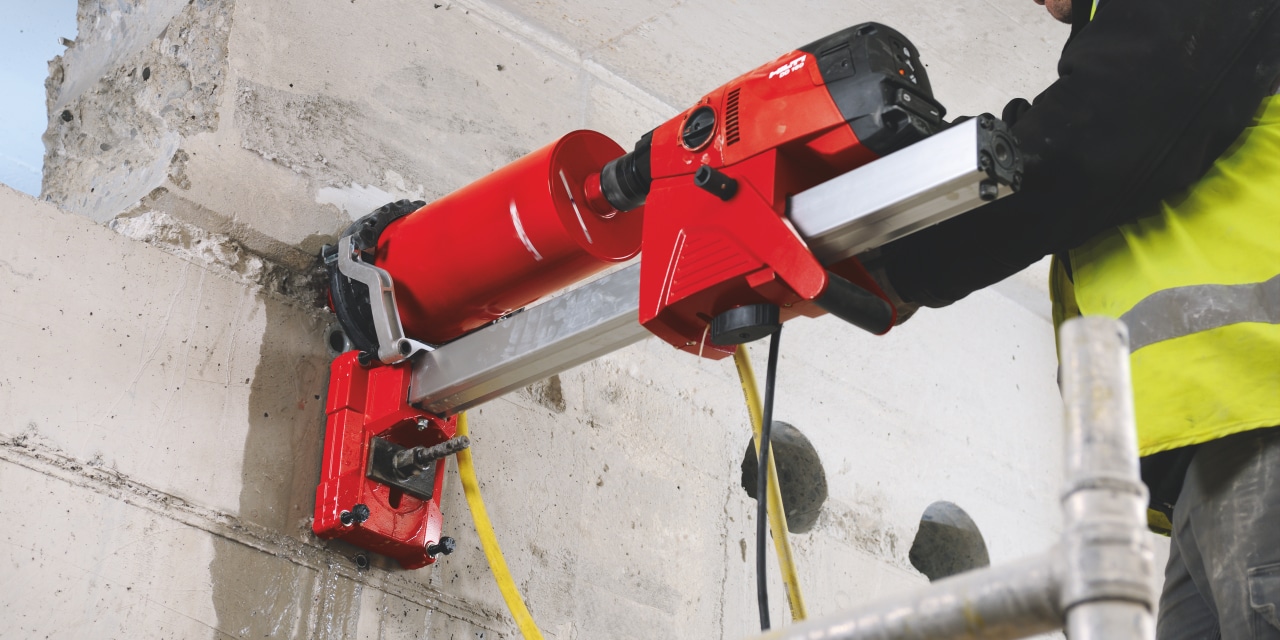WHAT YOU SHOULD KNOW ABOUT DUST
The effects of respirable Silica dust and strategies to minimise dust emissions
Manage dust using control systems
Using local extraction ventilation, either fixed or on-tool
- Shadow vacuuming
- Vacuum clean-up rather than sweeping
- Not blowing dust with compressed air

Manage dust by switching methods
- Use direct fastening methods instead of drilling and anchoring.
- Use wet coring with slurry collection system instead of anchoring.

Manage dust by elimination
Use cast-in channel systems for anchor points for brackets instead of post-installed options
